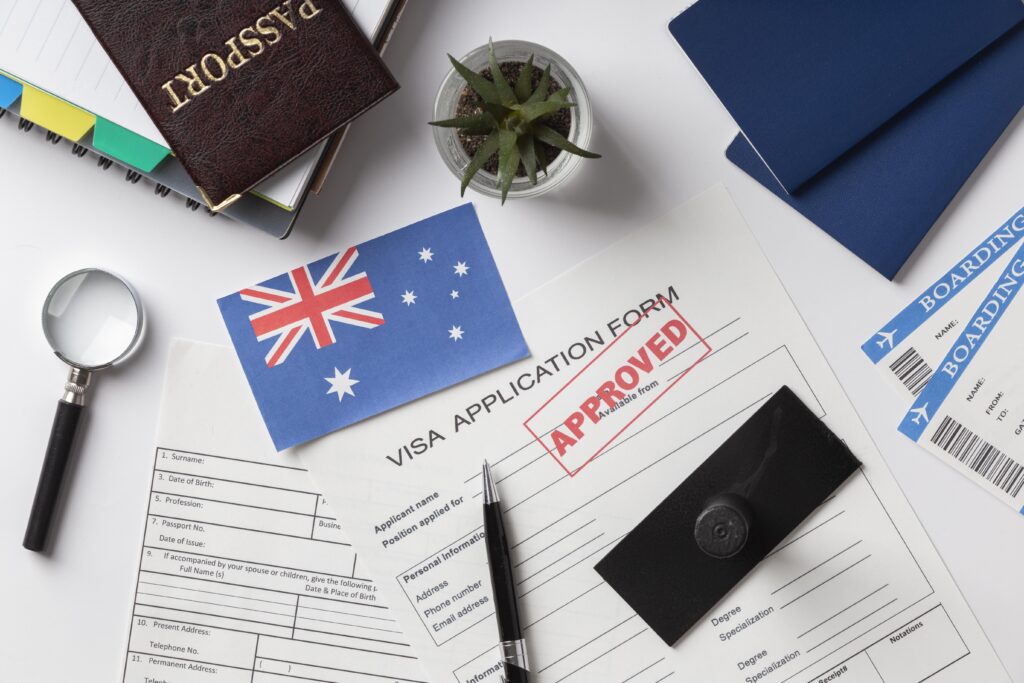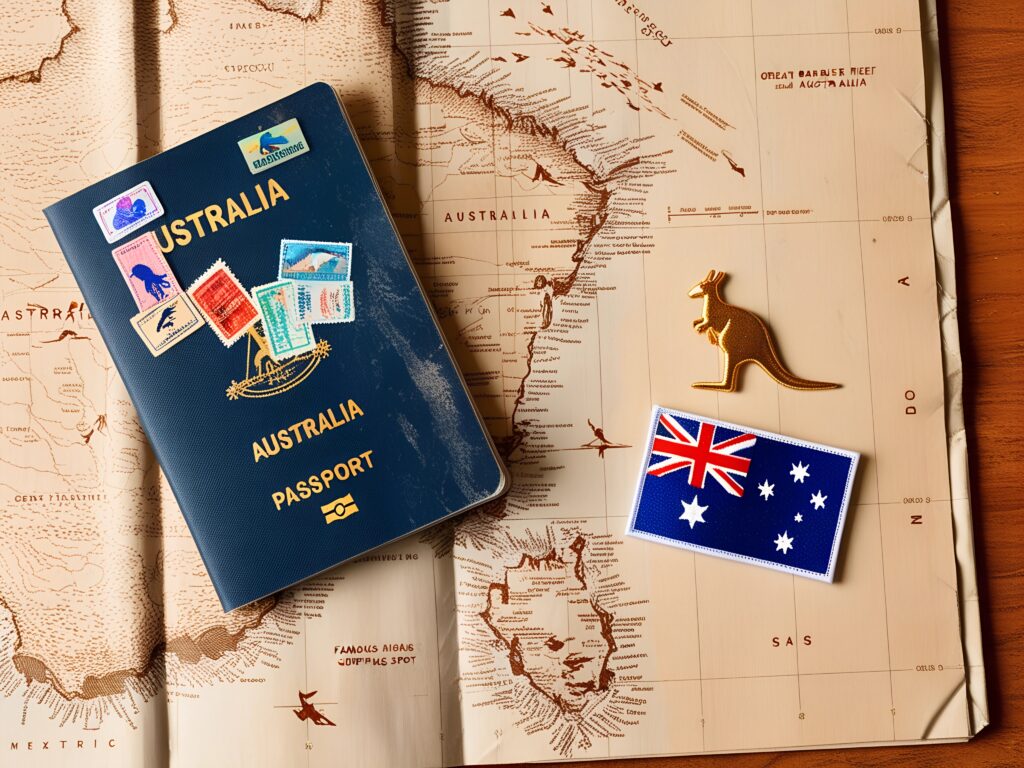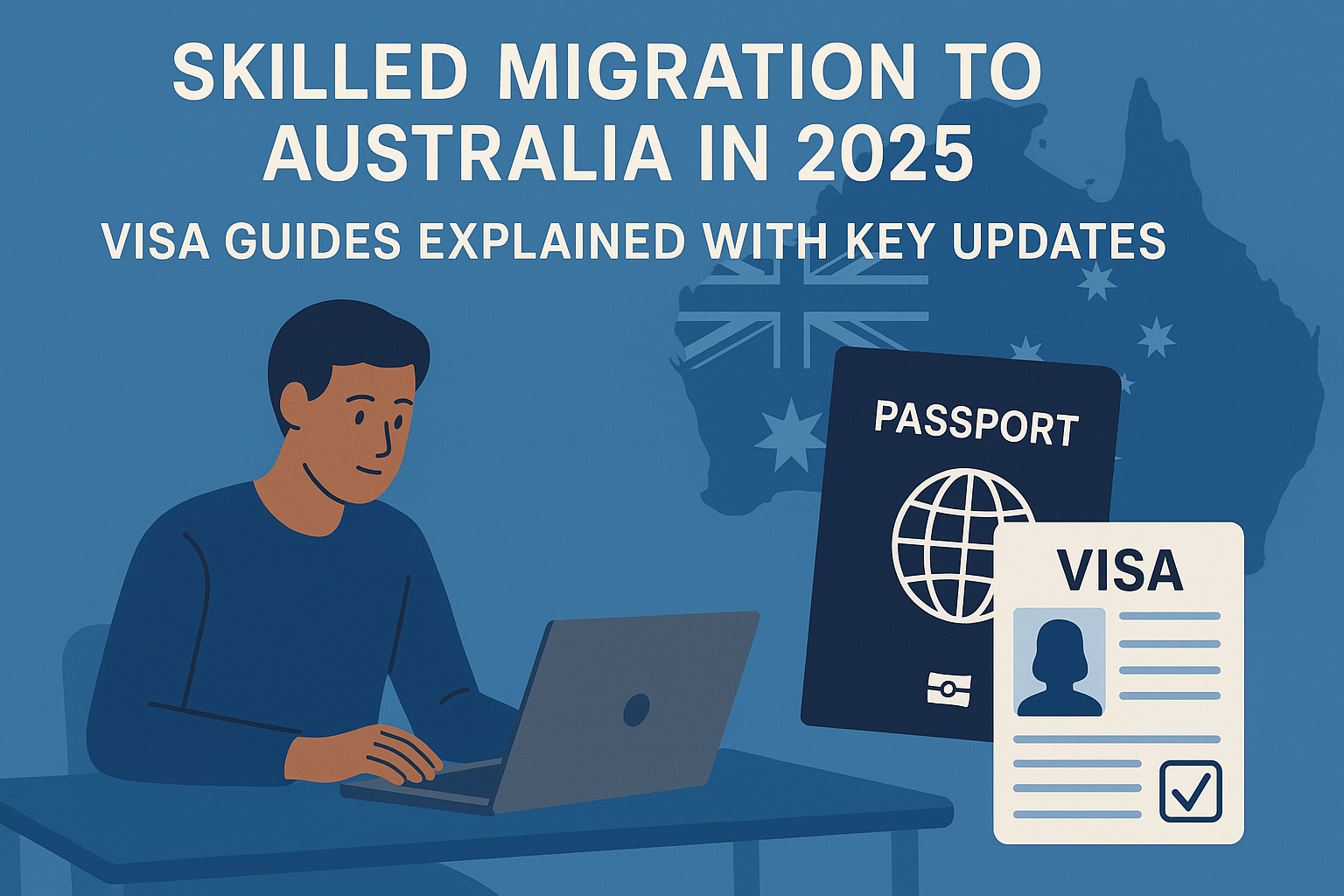Are you considering a move to Australia as a skilled migrant in 2025? The Australian immigration landscape continues to evolve, with recent policy changes and updated visa pathways designed to address the country’s skills needs. This comprehensive guide will walk you through everything you need to know about the skilled migration process, from visa options to eligibility requirements and application procedures.

Key Visa Pathways for Skilled Migrants in 2025
Australia offers several visa pathways for skilled workers, each designed for different circumstances:
Skilled Independent Visa (Subclass 189)
This points-tested visa requires no sponsorship and provides permanent residency with no regional restrictions.
Key features:
- No need for employer or state sponsorship
- Freedom to live and work anywhere in Australia
- Points-based selection system
- Permanent residency upon arrival
According to Pioneer Global Visa, this remains one of the most sought-after pathways but has become increasingly competitive. While it offers the greatest flexibility, the high demand means you’ll typically need a strong points score to receive an invitation.
Skilled Nominated Visa (Subclass 190)
For skilled workers who receive nomination from an Australian state or territory government.
Key features:
- Requires state/territory nomination
- Grants permanent residency
- Additional points for state nomination
- Obligation to live in the nominating state initially
The 190 visa offers a valuable middle ground for many applicants. The state nomination provides additional points, potentially making it more accessible than the 189 visa. However, you’ll need to research which states are actively nominating your occupation and be willing to commit to that location for at least the initial settlement period.
Skilled Work Regional Visa (Subclass 491)
This provisional visa encourages skilled migrants to settle in regional Australia.
Key features:
- Priority processing
- Pathway to permanent residency after 3 years
- Requires state nomination or family sponsorship
- Must live and work in designated regional areas
Regional visas are receiving increased attention in 2025, with James & Son Law reporting faster processing times and better chances of invitation compared to non-regional pathways. For many applicants, this “regional-first” approach can be the most strategic path to Australian permanent residency, especially for those with occupations in high demand outside major metropolitan areas.
Employer-Sponsored Visas (Subclass 482)
For skilled workers with an Australian employer willing to sponsor them.
Key features:
- Temporary residency (up to 4 years)
- Pathway to permanent residency
- Employer must meet sponsorship requirements
- Applicant must work in the nominated position
The employer-sponsored route bypasses the points test altogether, making it ideal for applicants who may not score highly on independent skilled visas. However, you’ll need to secure a job offer from an Australian employer willing to navigate the sponsorship process, which can be challenging from overseas.
Global Talent Visa (Subclass 858)
Designed for internationally recognized leaders in their fields.
Key features:
- No age limit
- Permanent residency
- No points test
- Fast-track processing
This elite pathway targets exceptional talent in specific sectors. While the bar is high, it offers significant advantages for those who qualify, including no age restrictions and rapid processing. The program actively seeks leaders in fields like advanced manufacturing, financial technology, and health sciences.

Eligibility Requirements for Skilled Migration in 2025
Points Test System
For points-tested visas (189, 190, 491), you’ll need to score at least 65 points, though competitive scores are typically much higher. According to the Department of Home Affairs, points are awarded for:
- Age (maximum points for 25-32 age group)
- English language proficiency
- Skilled employment experience
- Educational qualifications
- Australian study experience
- Other factors (spouse skills, community language, etc.)
2025 Updates: The points system has been revised with increased points for:
- Work experience (now 20 points for 5+ years, up from 15)
- Australian qualifications
This shift rewards applicants with substantial work experience and local Australian education, reflecting the government’s priority on work-ready migrants who can integrate quickly into the Australian workforce.
General Eligibility Criteria
For most skilled visas, you’ll need:
- Age: Under 45 years at time of invitation (exceptions for Global Talent Visa)
- Occupation: Listed on relevant skilled occupation list
- Skills Assessment: Positive assessment from the relevant authority
- English Proficiency: Minimum IELTS 6.0 or equivalent (varies by visa type)
- Health and Character: Pass health examinations and character checks
Think of these as your non-negotiable baseline requirements. Without meeting these criteria, your application won’t progress regardless of your points score or other qualifications. For example, a brilliant software engineer over 45 wouldn’t qualify for most skilled visas (except the Global Talent stream), regardless of experience or skills.
The Application Process
Step 1: Check Your Eligibility
Before anything else, determine if you meet the basic requirements and which visa suits your situation best.
This crucial first step involves honest self-assessment. Use the Department of Home Affairs points calculator to estimate your score and check if your occupation appears on the relevant skilled occupation lists. Many applicants make the mistake of proceeding without confirming basic eligibility, leading to wasted time and resources.
Step 2: Skills Assessment
Obtain a skills assessment from the relevant assessing authority for your occupation. This confirms your qualifications and experience meet Australian standards.
Each profession has its designated assessment authority. For instance, engineers are assessed by Engineers Australia, IT professionals by the Australian Computer Society, and healthcare workers by various medical boards. The assessment process can take weeks or months depending on the authority, so start early. This independent verification ensures your qualifications and experience are recognized in Australia.
Step 3: Submit an Expression of Interest (EOI)
Register through SkillSelect and submit an EOI with details about your:
- Occupation
- Qualifications
- Work experience
- English language ability
- Other relevant factors
Your EOI is essentially your profile in the Australian immigration system. It’s not an application but rather an expression of your interest in being invited to apply. Be meticulous with your information—any discrepancies between your EOI and eventual application could lead to visa refusal.
Step 4: Receive an Invitation to Apply
If selected, you’ll receive an invitation based on:
- Your points score
- Occupation demand
- Date of EOI submission
According to Peerless Immigration, popular occupations may require 75-80 points or more to receive an invitation in 2025. The system works like a competitive ranking—only the highest-scoring candidates receive invitations, with ties broken by EOI submission date.
Step 5: Lodge Your Visa Application
Once invited, you have 60 days to submit a complete application with supporting documents:
- Passport and identity documents
- Skills assessment certificate
- English test results
- Educational certificates
- Employment evidence
- Health and character clearances
This is where preparation pays off. Having your documents ready before receiving an invitation gives you ample time to submit a thorough application. Remember that the 60-day deadline is strict—missing it means you’ll need to submit a new EOI and wait for another invitation.
Step 6: Decision and Visa Grant
After assessment of your application, you’ll receive a decision. If approved, your visa will be granted.
Processing times vary significantly by visa type and individual circumstances. Regional visas typically receive priority processing, while independent skilled visas may take longer. Once granted, most skilled visas allow a one-year window to make your first entry to Australia.

